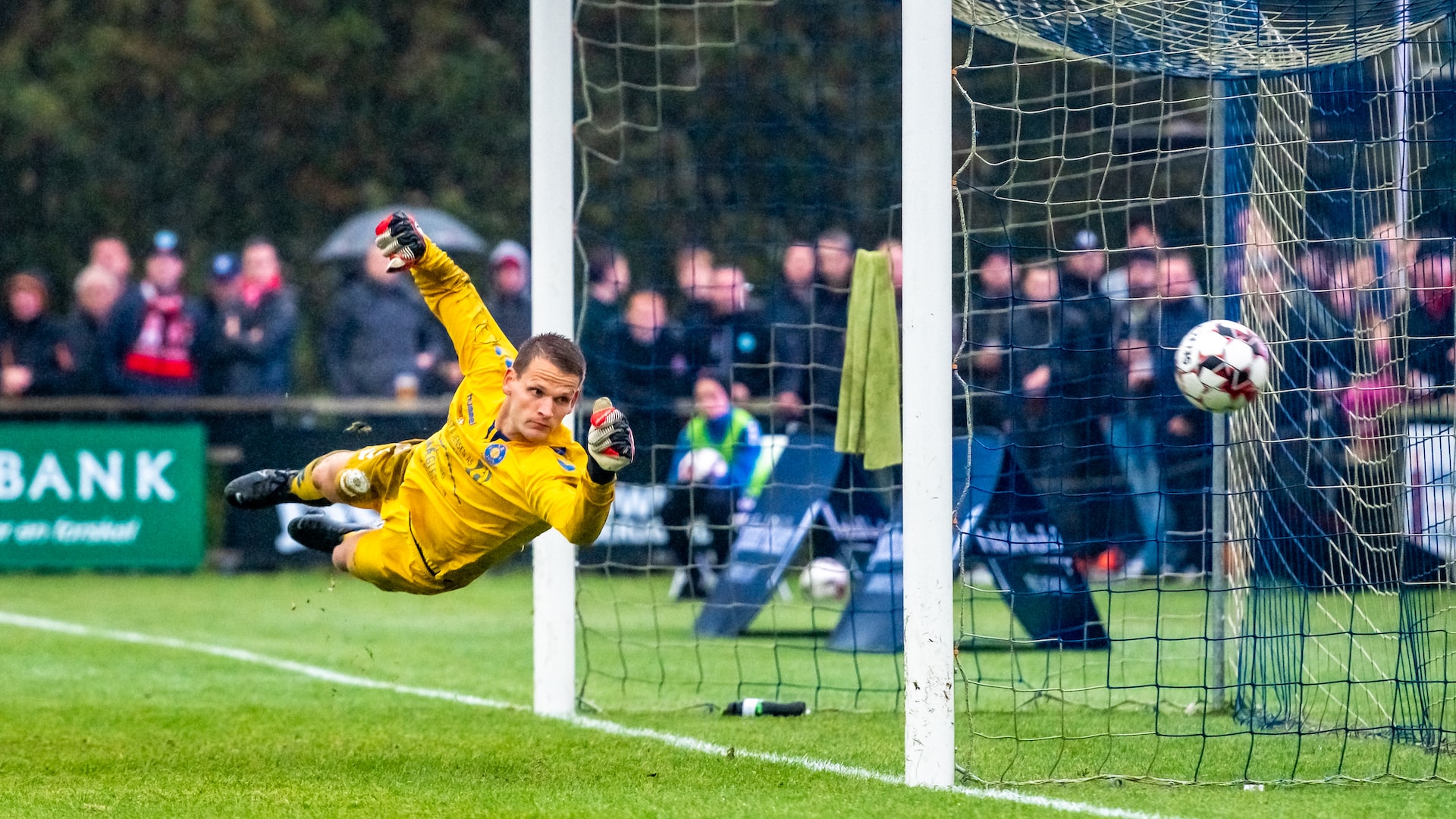In the dynamic world of football, formations play a crucial role in determining a team’s success. Coaches often tweak and experiment with line-ups to harness the strengths of their squad and exploit the weaknesses of the opposition. Understanding how formations impact team success is essential for fans, analysts, and bettors alike.
The Importance of Formations in Football
Different formations emphasize various styles of play, balancing between attack and defense. Classic setups like the 4-4-2 focus on stability and structure, making it easier for teams to maintain shape and cover the pitch efficiently. On the other hand, modern approaches such as the 4-3-3 or 3-5-2 allow for more fluidity and dynamism, enabling creative freedom and providing multiple attacking options.
Adapting Formations to Team Strengths
Formations must be tailored to the specific strengths of the players. For example, a team with strong wingers might favor a 4-3-3 to leverage their speed and crossing ability, while a squad with a sturdy defense and powerful center-forwards might opt for a 3-5-2 to dominate central areas. Teams that successfully adapt their formation to their player capabilities often outperform rigidly structured sides.
Detailed Examples
Here’s a brief overview of some popular formations:
| Formation | Key Characteristics | Suitable Teams |
|---|---|---|
| 4-4-2 | Balanced & Structured | Teams with Solid Defense |
| 4-3-3 | Fluid & Attacking | Teams with Fast Wingers |
| 3-5-2 | Central Dominance | Teams with Strong Midfield |
For more insights and detailed match analysis, visit matchlineups.com. Understanding these nuances helps fans appreciate the strategic depth involved in football, enhancing the spectator experience and enriching the analytical perspective.
Impact of Tactical Changes During the Game
Football is ever-evolving, and coaches often make mid-game tactical adjustments to gain an upper hand. These changes can be as simple as switching formations or making substitutions that fit a different system. For instance, a team trailing by a goal might shift from a 4-4-2 to a more aggressive 3-5-2 to increase attacking options and apply pressure on the opposition.
Key Moments and Adjustments
Understanding when and how to adjust tactics is crucial for teams aiming for success. Here are some pivotal moments when such changes can be game-changers:
- Halftime Adjustments: Coaches review the first-half performance and shift tactics to address weaknesses or capitalize on opponent vulnerabilities.
- Injury Substitutions: When a key player gets injured, the team must adapt quickly, sometimes changing formations to cover the gap.
- Red Cards: Teams down a player often switch to more defensive setups like 5-3-1 to minimize damage.
Success Stories of Tactical Mastery
Historic matches are filled with examples where tactical genius turned the tide. Here are a couple of prominent instances:
| Match | Tactical Change | Outcome |
|---|---|---|
| 2012 Champions League Final (Chelsea vs. Bayern Munich) | Chelsea switched to a more defensive 4-5-1 after taking the lead | Chelsea won the match, displaying incredible defensive resilience |
| 2005 Champions League Final (Liverpool vs. AC Milan) | Liverpool shifted to a 3-4-2-1 at halftime to mount an offensive comeback | Liverpool won in a dramatic penalty shootout after overturning a 3-0 deficit |
Conclusion
In summary, formations and tactical flexibility are integral to football strategy. Teams that master these aspects are often those who rise to the top, achieving remarkable success on the pitch. Coaches must constantly evaluate their line-ups, making informed decisions that play to their squad’s strengths and exploit the opposition’s weaknesses. For fans and analysts looking to deepen their understanding of football strategies, continuing to follow detailed game breakdowns and tactical insights on trusted platforms such as matchlineups.com can provide invaluable perspectives.
By appreciating the strategic depth involved in football formations and tactical adjustments, enthusiasts can enjoy a richer, more engaging spectator experience.





